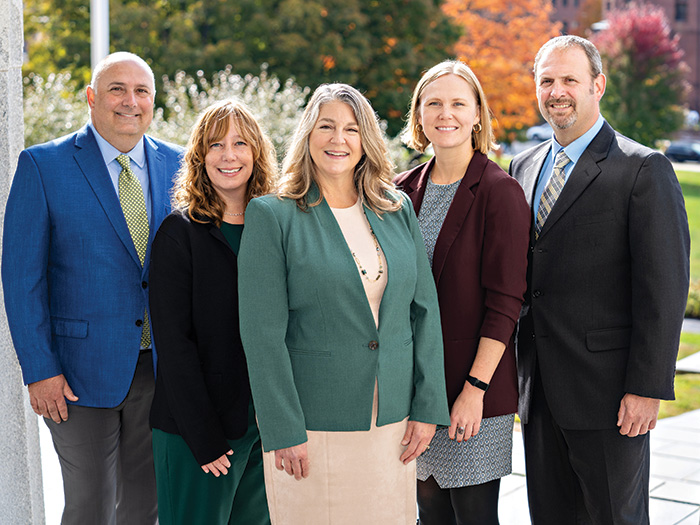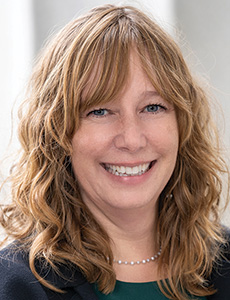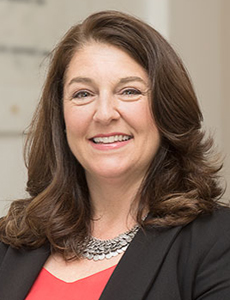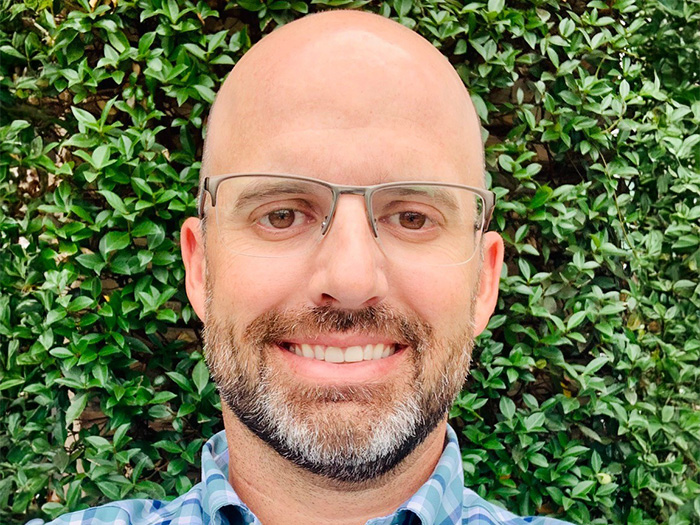Successful Succession: State of Vermont Creates Stability in Captive Insurance Through Leadership Planning

Pictured above, left to right: Jim DeVoe-Talluto, Christine Brown, Sandy Bigglestone, Brittany Nevins, Dan L. Petterson
Talent shortages and the disruption they cause are risks any aware business leader fears.
Organizations that fail to take into account the impact of a wave of retirements, or the retirement of a key executive, run the risk of suffering a litany of exposures — including knowledge loss, cultural degradation and performance missteps, to name just a few.
This brings us to the door of the Vermont Department of Financial Regulation, which recently engineered a handful of promotions in the wake of the 2022 retirement of Dave Provost, the department’s long-serving deputy commissioner, captive insurance.
Provost had been in that position for 14 years, so you might think his retirement would cause shock waves within a department that he led so capably for so long. But that does not appear to be the case.
“From my view, realistically, they didn’t miss a beat,” said Kevin Mead, president of the Vermont Captive Insurance Association. Just as impressive, from Mead’s perspective, is that the promotions necessitated by Provost’s departure were all accomplished using talent from within the organization.
“You see the turnover in other domiciles when positions are open. They have to go outside and bring people in. They may be strong captive people, but they’re not from within that domicile,” Mead said.
Christine Brown, who served with the department for 18 years before becoming the department’s director of captive insurance in August 2022, said the long tenure of many department employees is a plus factor in the department’s succession planning efforts.
“We have been very fortunate to have retention of staff over the years, so most of our employees have 10-plus years of experience, which has allowed us to be very intentional in our succession planning and organically promoting people from within,” she said.
Her colleague Heidi Rabtoy is the chief captive examiner in the Department of Financial Regulation and has been with the department for 18 years.
“When people come to the department, they typically stay,” Rabtoy said. And she listed a number of good reasons for that.
“I think a lot of it has to do with the environment we offer. We offer a great work-life balance to the professionals that come to us, and we are always encouraging continuous learning,” she said.
“We are in an industry where new things are popping up everywhere we go, and in order to stay abreast of what’s going on, we have to be willing to be open to learning new things.”
In her own career journey, Rabtoy credits her colleagues and the department overall with fostering an environment where employees are supported and encouraged to take the next step in their careers.
“Whatever I was willing to take on and any challenge I was willing to put forth for myself, it was always encouraged by my supervisor,” Rabtoy said. “I think that’s still true today, as everybody in our department, at different levels — we’re encouraging others to take that leap.”
Perhaps no one is feeling the pressure of her promotion more than Sandy Bigglestone, a 26-year veteran of the department who now holds the position vacated by Provost.
She said it’s not only the Department of Financial Regulation but also the culture of Vermont’s state government in general that cultivate a thoughtful approach to succession planning.
“From my experience, Vermont State Government has really made it a point to look at its leadership pipelines to plan for the time when people at the top move on,” Bigglestone said.
“I would say all the way from the top at the Governor’s Office, trickling through many departments and agencies, it’s the culture here,” she continued. “Continuity and stability are a priority for us. We’d rather have it that way, to constantly be thinking about it, and not be reactive when turnover actually happens.”
Like Rabtoy, Bigglestone credits her former supervisors with giving her the confidence to not only take on new challenges but also satiate her appetite for knowledge along the way.
“I was fortunate enough to have leaders, my predecessors, who placed their trust in me very early on,” she said. “They recognized that I had a certain amount of curiosity for learning and interest in participating in tasks and projects outside of my day-to-day work in my positions I held here.”
There are yet other attributes that Bigglestone thinks make her colleagues and her department stand out: “Some of the crucial aspects of the culture here are, first and foremost, trust,” Bigglestone said.
“And other aspects like flexibility, which is really important in the work culture now.”
Bigglestone lists inclusion, collaboration and the potency of critical thinking as additional key aspects of her department’s culture. She is also keenly aware of how important the captive industry is to risk management and insurance overall.
“It’s crucial for staff to adopt Vermont’s standards and values and, frankly, to participate in the protection of the character and the reputation of the captive insurance industry,” she said.
Market Conditions
Almost everyone who works in insurance, whether it be in captives or the larger underwriting segments, should be aware of the substantial shifts taking place in various lines.
Property insurance, which has been beset by weakening returns for reinsurers and ongoing increases in severity and frequency (due in large part to climate change), is just one area where premium prices are going up by double digits and capacity is shrinking.
As always, when there are disruptions buffeting the commercial marketplace, the captive space can pick up business.
“The level of activity that we are seeing in Vermont, which is a decent bellwether for the industry, is really strong,” Mead said.
“2022 wasn’t a record year, but it was in the top six, I think, of all of the years since the inception of captives in Vermont more than 40 years ago,” he explained.
But Bigglestone said the regulatory team in Vermont, despite overseeing the largest domestic captive domicile, cannot afford to be complacent, even at a time when business owners are as motivated as they ever have been to form captives to manage their risk.
“It’s important to state that we are, as a domicile, ready to address the needs of the industry and to be as innovative as we can be,” Bigglestone said.
“There are many, many captive domiciles now,” Bigglestone added. “It’s important for us to be visible and to continue to model what we think is top-notch regulation.”
Bigglestone thinks Vermont can farm some fertile ground by focusing more on welcoming captive formation from international business interests.
“We have achieved a great deal of respect as a captive domicile,” Bigglestone said. “When an international company looks at choices for a domicile, I want Vermont to still be on the list.”
Bigglestone would like to see the Vermont domicile continue to broaden awareness of its strengths, and she thinks more international business will naturally follow.
Challenges Never Sleep
Vermont’s captive regulation team is cohesive, experienced and well-respected.
But that doesn’t make the domicile immune from the talent shortages that hamstring so many businesses — and not just in insurance.
“We’re growing at a rapid rate,” Brown said. “The industry needs more people to come in and learn the industry, learn the business. I think that in state regulation, it’s even more challenging, because we can’t offer the same kind of compensation package that the private sector can, so we have to make up for it in other ways.
“The biggest challenge for us is finding new talent, and then finding ways to retain that new talent and make them happy,” Brown added.
Mead said the first question he always asks new acquaintances in an insurance business meeting is the tried and true “How’s business?”
“No one’s sitting there and saying, ‘We could be busier,’” Mead said. “People instead are saying, ‘I need more people. I need bettertrained people. I need people who understand the captive area.’
“Everyone’s complaint is about not having the human resources to serve both the current customers as they’re looking to expand and then the future customers who come in over the threshold on a regular basis,” he added.
In March, the VCIA launched a Vermont Captive Insurance Emerging Leaders group as a way to proactively address the talent needs the industry will face for the foreseeable future. As part of identifying and organizing the next wave of the leaders of Vermont’s captive insurance industry, the group is performing outreach to colleges and universities to help student populations learn more about the captive insurance industry, and specifically Vermont’s leading role in it.
As proud as she is of having served for more than 25 years in Vermont’s captive insurance industry and, now, holding an even more prominent position in it, Bigglestone has her radar tuned for the day when she too will make way for the next key player in the Department of Financial Regulation’s ecosystem.
“I definitely hope that I am leading by example, but I don’t ever expect anyone to pick up and lead exactly the way I do,” Bigglestone said.
“I think there is space for people to come into it and be their own person and, frankly, do it even better,” she concluded. &












